Embracing the Shadow: Why Understanding Your Unconcious is Key to Personal Growth
The Shadow Knows
Do you know what your shadow is up to?
The concept of the shadow, developed by Carl Jung, refers to the unconscious aspects of the self that are hidden from our conscious awareness. However, these elements of the self are very much alive and they are pretty powerful forces. The shadow often includes what we consider “negative” traits or feelings, such as anger, greed, shame, sadness or fear. It can also have positive features and feelings that we learned to suppress through societal and cultural expectations. In short, the shadow holds the denied parts of ourselves - the ones relegated to the back of the bus. Understanding one’s shadow is crucial and integrating the shadow is essential for personal growth and development. Here’s 5 reasons why you may want to invite your shadow up to the front seats- why it is crucial to understand and work with your shadow.
The Shadow Knows
Consider letting her ride up front sometime.
Achieving psychological wholeness: Jung believed that the shadow is a natural and necessary aspect of the psyche and that it should not be denied or repressed. The inclination is to deny and repress the parts of ourselves we dislike. However, Jung encouraged the opposite: we do not try to eliminate these parts but rather welcome and invite them in. To heal the shadow, we acknowledge her and ideally integrate it into the conscious self to achieve psychological wholeness. By integrating the shadow, individuals become markedly more self-aware and self-trusting because they know themselves thoroughly; they are not carting around wild creatures hidden in the back of their bus.
Improving relationships: The shadow can manifest in different ways, including classic defense mechanisms, such as projection, wherein individuals attribute their own denied (unconscious) feelings or thoughts to others. This can create havoc in relationships, frustration, conflict, and unnecessary misunderstandings. By understanding and integrating the shadow, individuals can learn to take accountability and responsibility for their thoughts, actions, and emotions, leading to more authentic and fulfilling relationships.
Reduce confusing behaviors & negative emotions: When the shadow is expressed, she often manifests feelings and behaviors that we do not recognize or understand in ourselves. It’s confusing and messy. These shadow outbursts happen because when real-time emotion is repressed, it does not go away; it just gets stored. The unprocessed emotion we stuffed is just post-dated for a later, unknown date and time. For example, if we are angry but don’t express it directly, it gets stuffed & expressed indirectly later, in some confusing or obtuse way for both the witness and the actor. Either to the same person we were originally mad at, or sublimated to the dog, road rage, or a store clerk, etc. The bottom line is when we deny the truth to ourselves; we are in for a wild ride; it’s like holding a beach ball under water; you can totally do it, but just be aware that eventually, she will come flying out. In the meantime, the force and tension it takes to hold her in place create new problems; it is the perfect kindling for an anxiety disorder or depressive episode. By understanding and integrating the shadow, individuals can learn to accept and express these emotions in a healthy way, reducing negative feelings and behaviors in real time.
Enhance Compassion & Self-Love. By embracing the shadow and understanding its role in the psyche, individuals can tap more fully into their own unique gifts, creativity and imagination. Meditation, painting, journaling, and drawing your shadow are great ways to welcome her to come into the light, forge communication and understand yourself better. Key tip: ask the judgmental voice to be curious instead of critical during these exercises; she’s much more likely to reveal herself to such an audience.
Facilitating personal growth: The process of integrating the shadow is a lifelong task that is essential for personal growth and development. By understanding and working with the shadow, individuals can learn to accept and embrace all aspects of themselves, leading to greater self-awareness and self-acceptance.
By acknowledging and integrating the shadow, we can achieve psychological wholeness, improve relationships, reduce negative emotions, enhance compassion, and facilitate personal growth.
Try this meditation to facilitate your intention of getting to know your shadow.
"Befriending the Shadow" meditation:
Close your eyes or focus on a spot on the floor.
Begin to become aware of your breathing, placing your attention on the fact that you are breathing.
Notice that your breath is moving in and out, noticing specifically as it enters and leaves the tips of your nostrils.
Follow this breath from this point of focus, in and out, for a minimum of 10 cycles.
Allow yourself to sink into the "just this-ness" of the breath flow.
Just simply and only notice the breath flowing in and out at the tip of your nose.
Do not adjust breathing to be deeper or slower or faster, just allow it to flow in and out naturally.
Allow your attention to locate the place in your body where you are most clearly experiencing painful thoughts & feelings about a recent event or something that has been weighing on your mind.
The instruction is then to simply breathe and be with that place in your body. Do not attempt to change it, but merely cradle that space with loving, kind awareness, breathing in and out, staying there for several breaths.
Return to the room and open your eyes; thank yourself for paying loving, kind attention to yourself.
Advanced step:
While cradling the painful feeling in your body as described above, simultaneously expand your consciousness outward to first the sounds in the room, then take your mind outward to the roof, the tops of the trees and continue expanding and broadening your consciousness while continuing to return to and briefly touch into this pain in your body.
Bounce back and forth between the two- expanded consciousness and acute pain.
When you are ready return to the room and open your eyes.
References:
Jung, C. G. (1939). The Integration of the Personality. New York, NY: Farrar & Rinehart.
Jung, C. G. (1951). Aion: Researches into the Phenomenology of the Self. Princeton, NJ: Princeton University Press.
Lammers, J., Jordan, J., & Pollmann, M. (2011). Psychological motives and the neural correlates of political skill. Psychological Science, 22(8), 1191-1199.
Reeder, G. D. (2016). Jung's concept of the shadow: A review and critique. Journal of Analytical Psychology, 61(4), 466-485.


